No AC in the sweltering heat of summer or no heaters during the bitter cold of winter—a scenario none of us want to imagine. Yet with the ever-increasing electricity demand in Taiwan and the mounting pressure on its aging power grid, energy instability and its resulting economic losses have become an escalating concern.
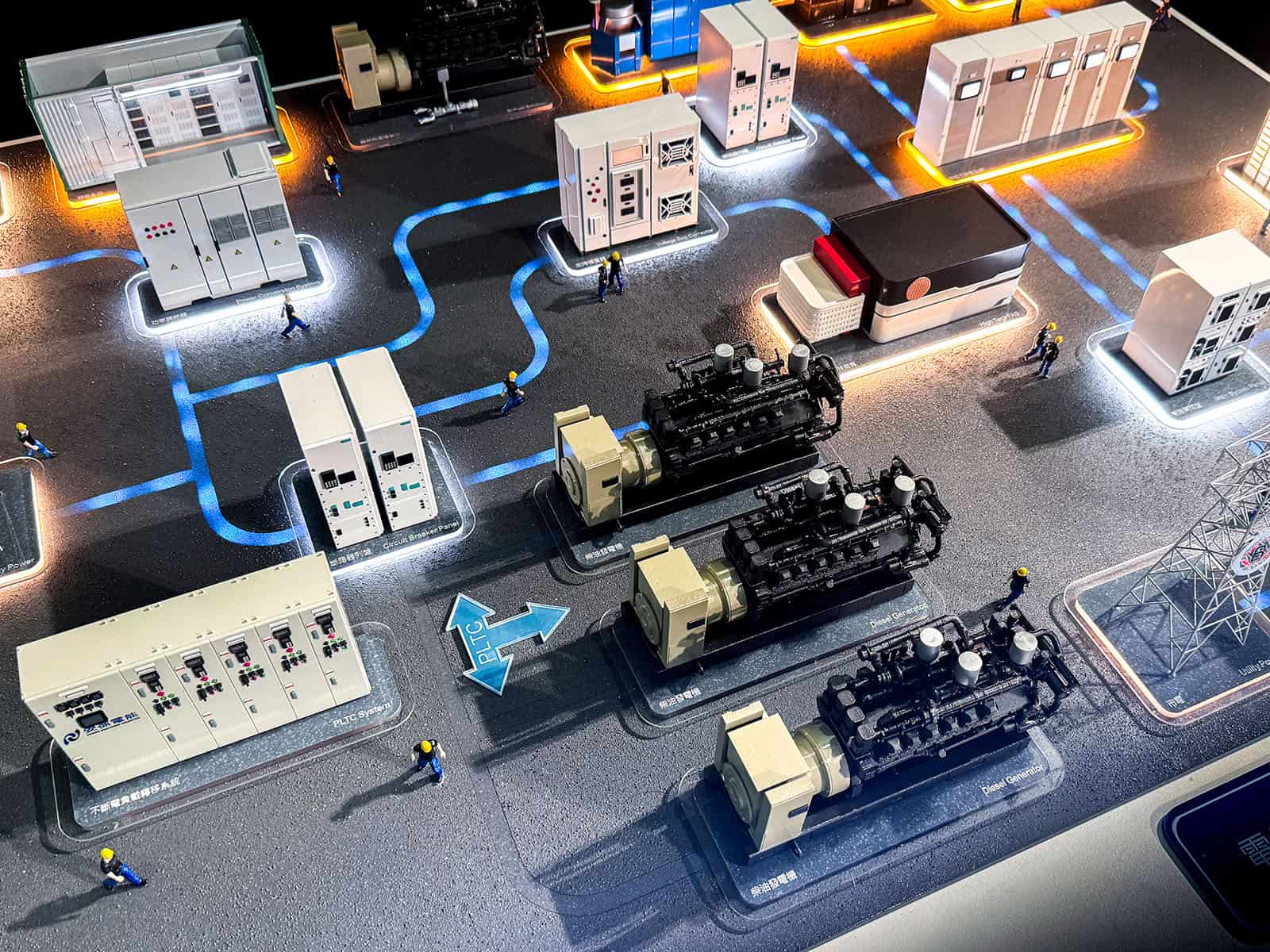
Why Taiwan Needs Microgrids
The geographic location of Taiwan, while offering lush mountains and ocean views, also brings challenges. Earthquakes, typhoons, and other events often disrupt power lines and centralized grid systems. According to Taipower, night-time electricity demand is projected to rise from 37 million kW in 2024 to 47 million kW by 2030. Where will the other 10 million kW come from?
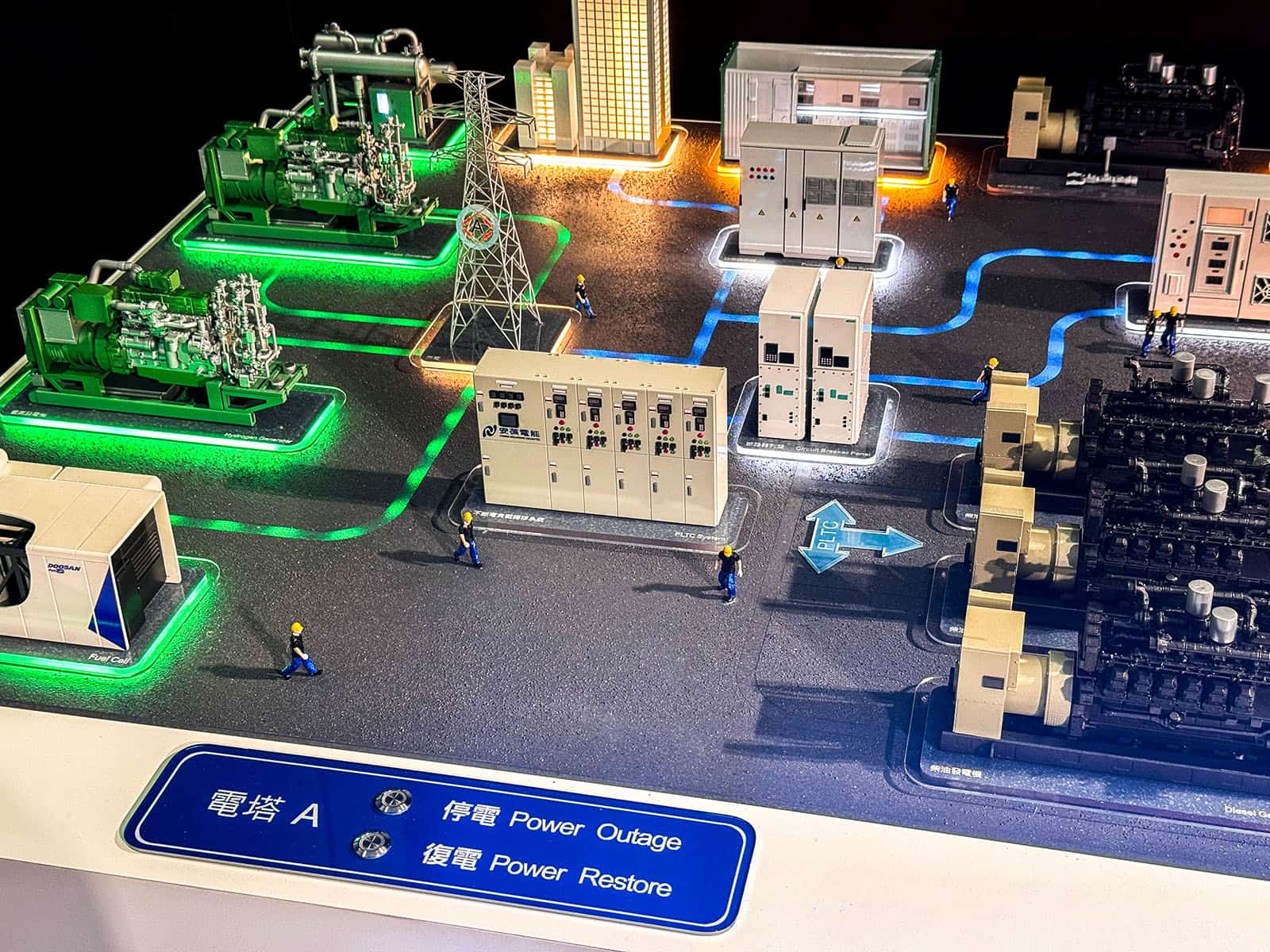
How Microgrids Work
Microgrids, by contrast, operate locally—meaning they can continue providing power even when the main grid falters. Think of it as a self-sufficient mini power plant. It integrates renewable energy sources, stores excess power in advanced batteries, and seamlessly switches to backup power during outages. This ensures sustainable, uninterrupted power for communities, businesses, and essential facilities, even during the harshest typhoon or unexpected outage.
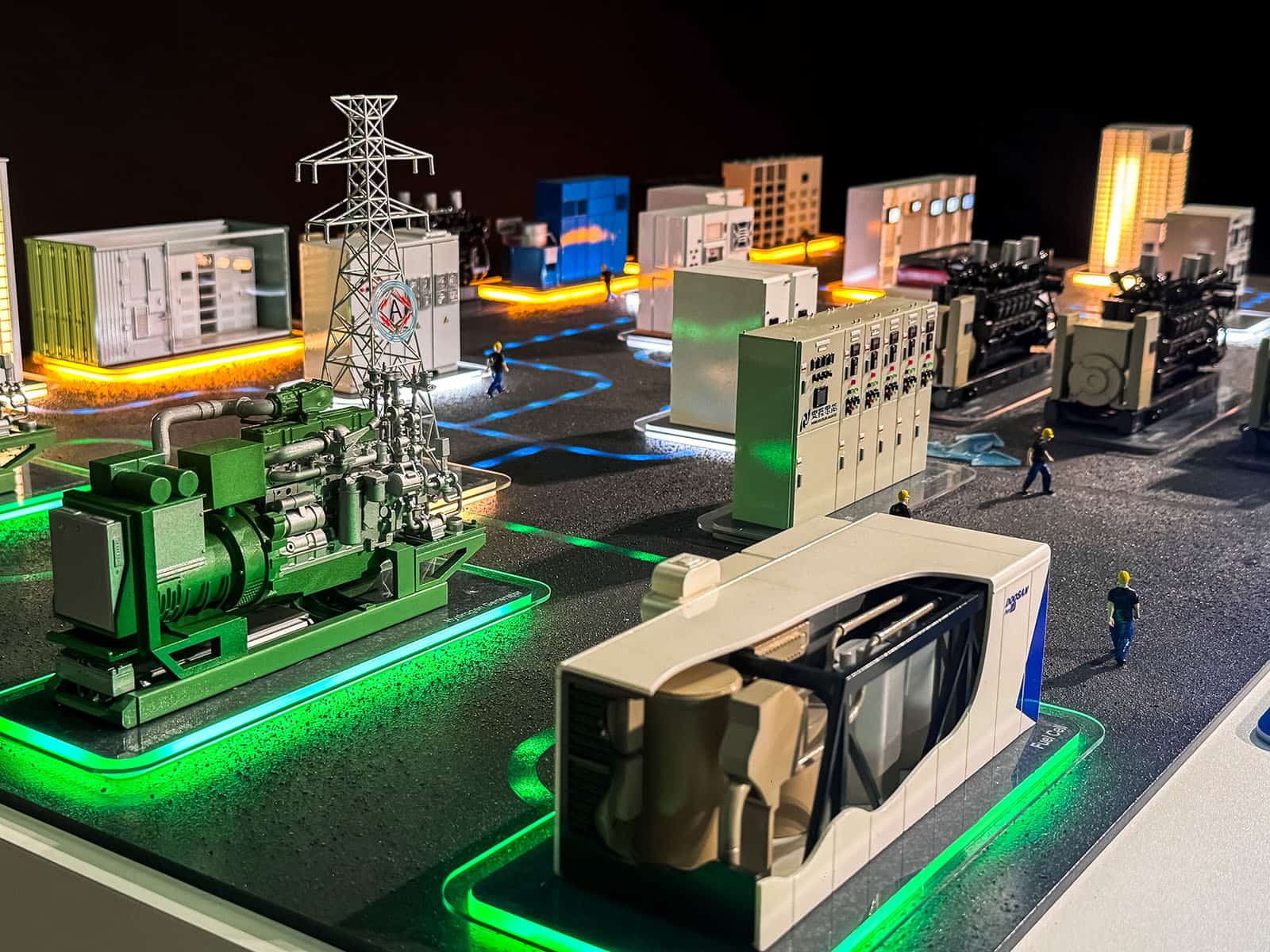
Benefits Beyond Power Stability
Beyond resilience, microgrids help us transition to a cleaner energy future. By reducing reliance on fossil fuels, they cut emissions and stabilize energy costs. Over time, businesses and communities that invest in microgrids can save money while achieving sustainable development goals.
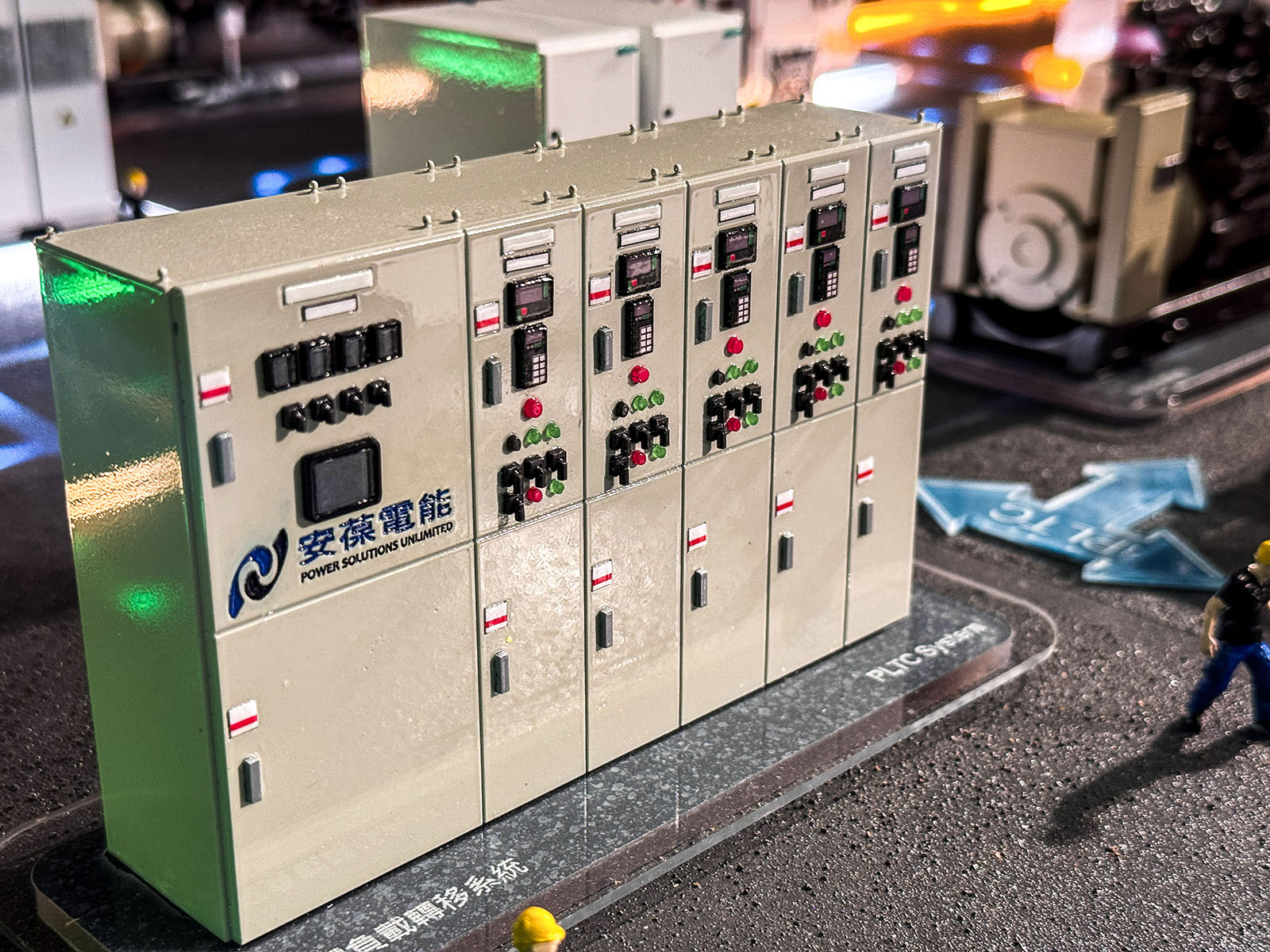
AMPOWER has planned, designed, and made microgrids usage possible for a number of enterprises, building smart systems that are resilient, flexible, and cost-effective. These microgrids work seamlessly as part of the larger main grid, then ensure power stability even during the slightest voltage drop or unexpected power outage.
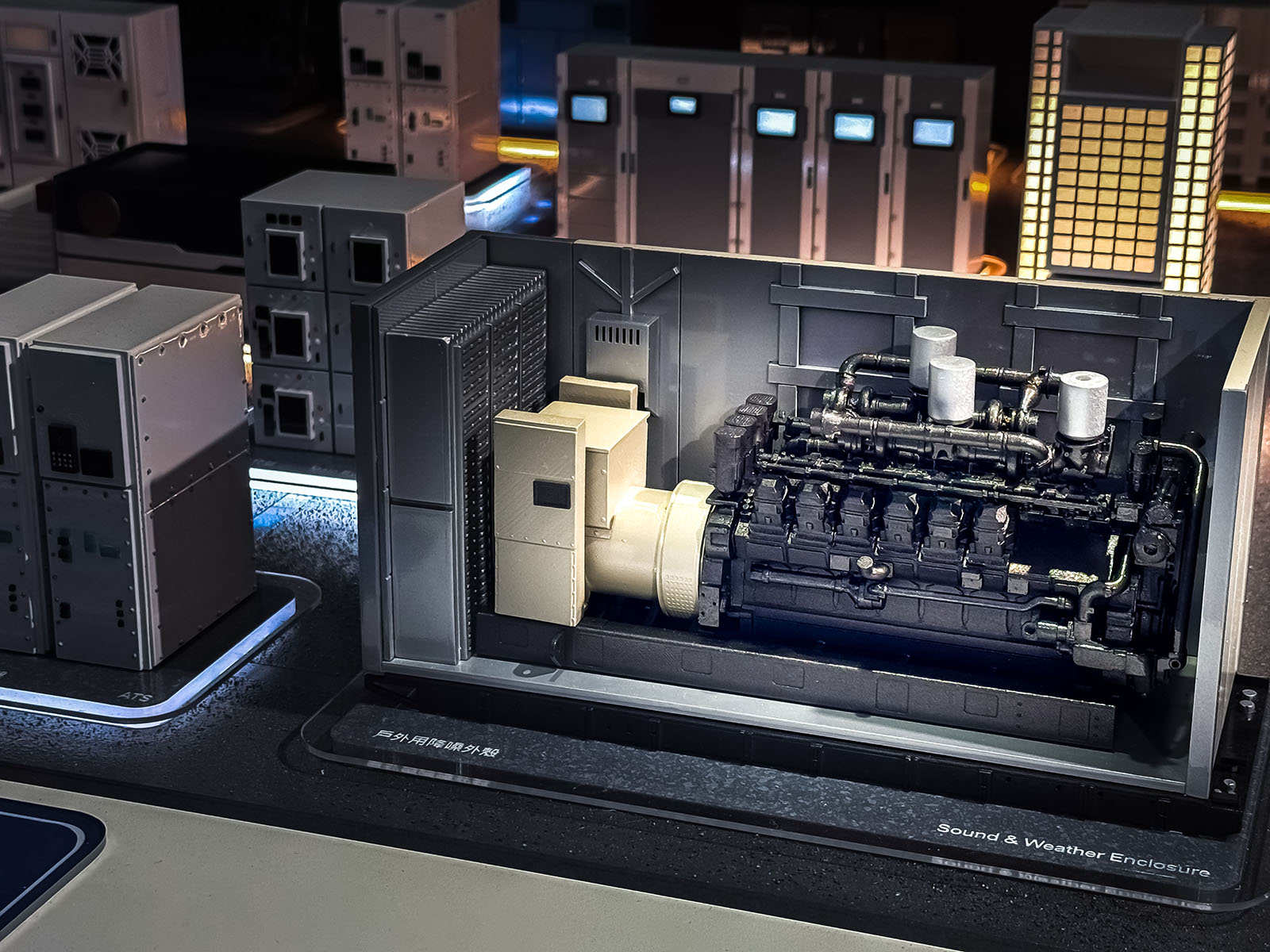
Power instability shouldn’t dictate your business’s future. With microgrids, you’re in control—no matter what. Let’s start the conversation!

